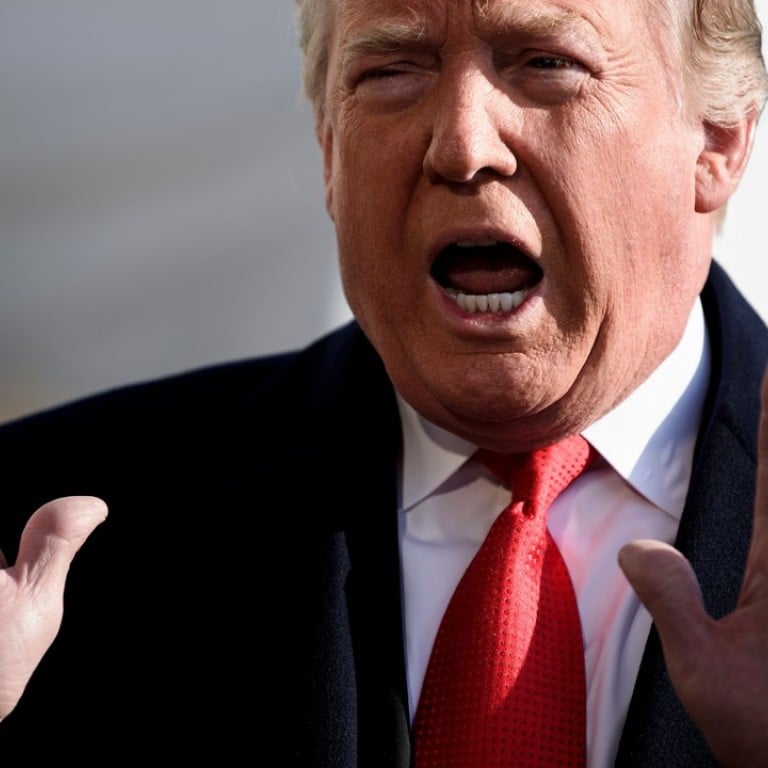
Despite the hype, Donald Trump’s trade claims fail to pass a fact check
- Assertions of a ‘big leap forward’ are based on few details and little confirmation from China
- Tariffs are a tax, not a membership fee to trade in US economy as Trump seems to claim
Eager for a historic trade agreement, US President Donald Trump is claiming done deals with China that are not measuring up to the hype.
He describes last week’s meeting with Chinese President Xi Jinping in Buenos Aires, Argentina, as “extraordinary” and a “big leap forward”. China, however, has provided few details and little confirmation about what it actually agreed to do in regard to buying more American products and addressing the Trump administration’s assertions that Beijing steals American technology.
Trump claimed that China had agreed to reduce or eliminate its 40 percent tariffs on cars imported from the US His top economic adviser, Larry Kudlow, acknowledged no deal had been “signed and sealed and delivered yet”.
A look at the claims and the facts.
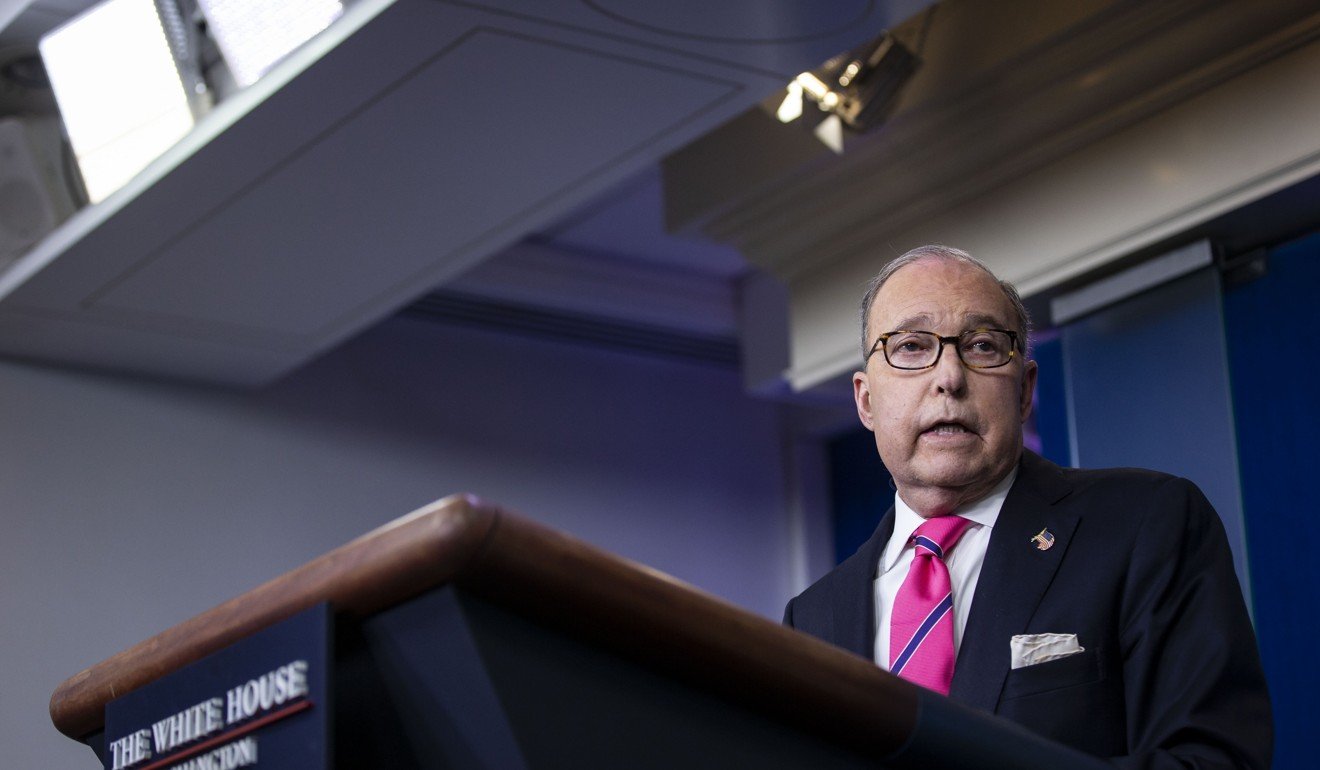
Tariffs
TRUMP: “China has agreed to reduce and remove tariffs on cars coming into China from the US Currently the tariff is 40%.” — tweet on Sunday.
THE FACTS: Nearly a week later, it’s still not clear if this will happen. When asked about the matter, Kudlow would only say that he hoped China would remove its tariffs on US autos.
“We don’t yet have a specific agreement on that, but I will just tell you, as an involved participant, we expect those tariffs to go to zero,” he told reporters on Monday. Pressed again on Tuesday, Kudlow said on “Fox and Friends” that he expected China to move quickly on removing the tariffs “if they’re serious about this”.
“I think it’s coming, OK?” he said. “It hasn’t been signed and sealed and delivered yet.”
The White House’s confusing and conflicting words have left Wall Street sceptical.
“It doesn’t seem like anything was actually agreed to at the dinner and White House officials are contorting themselves into pretzels to reconcile Trump’s tweets (which seem if not completely fabricated then grossly exaggerated) with reality,” JPMorgan told investors in a trading note.

On Thursday, a Chinese official said that China will “immediately implement the consensus reached by the two sides on farm products, cars and energy,” but did not address the auto tariffs specifically or provide any additional details.
Trump has cast doubt on whether a firm agreement had been reached, tweeting on Tuesday that his administration will determine “whether a REAL deal with China is actually possible”.
TRUMP: “I am a Tariff Man. When people or countries come in to raid the great wealth of our Nation, I want them to pay for the privilege of doing so. It will always be the best way to max out our economic power. We are right now taking in $billions in Tariffs. MAKE AMERICA RICH AGAIN.” — tweet on Tuesday.
THE FACTS: Trump seems to be claiming that tariffs are some kind of a membership fee for foreign companies to trade-in the US economy.
They are not. Tariffs are a tax, per Article I, Section 8 of the US Constitution.
The costs of this tax are borne by US consumers and businesses, often in the form of higher prices. Foreign companies may end up selling fewer goods and services if the United States imposes high tariffs. So they pay a price, too.
In some cases, the tariffs exist to protect industries that are vital for national security. Or, the tariffs exist to retaliate against the trade practices of other countries. Or, they might protect politically connected companies.
In the past, White House aides have insisted that Trump’s tariffs are a negotiating ploy. Yet the president offered no such qualifications on Tuesday.
Tariffs are not seen as some easy way of generating massive wealth for an economically developed nation. After Trump announced steel and aluminium tariffs earlier this year, the University of Chicago asked leading academic economists in March whether Americans would be better off because of import taxes. Not a single economist surveyed said the country would be wealthier.
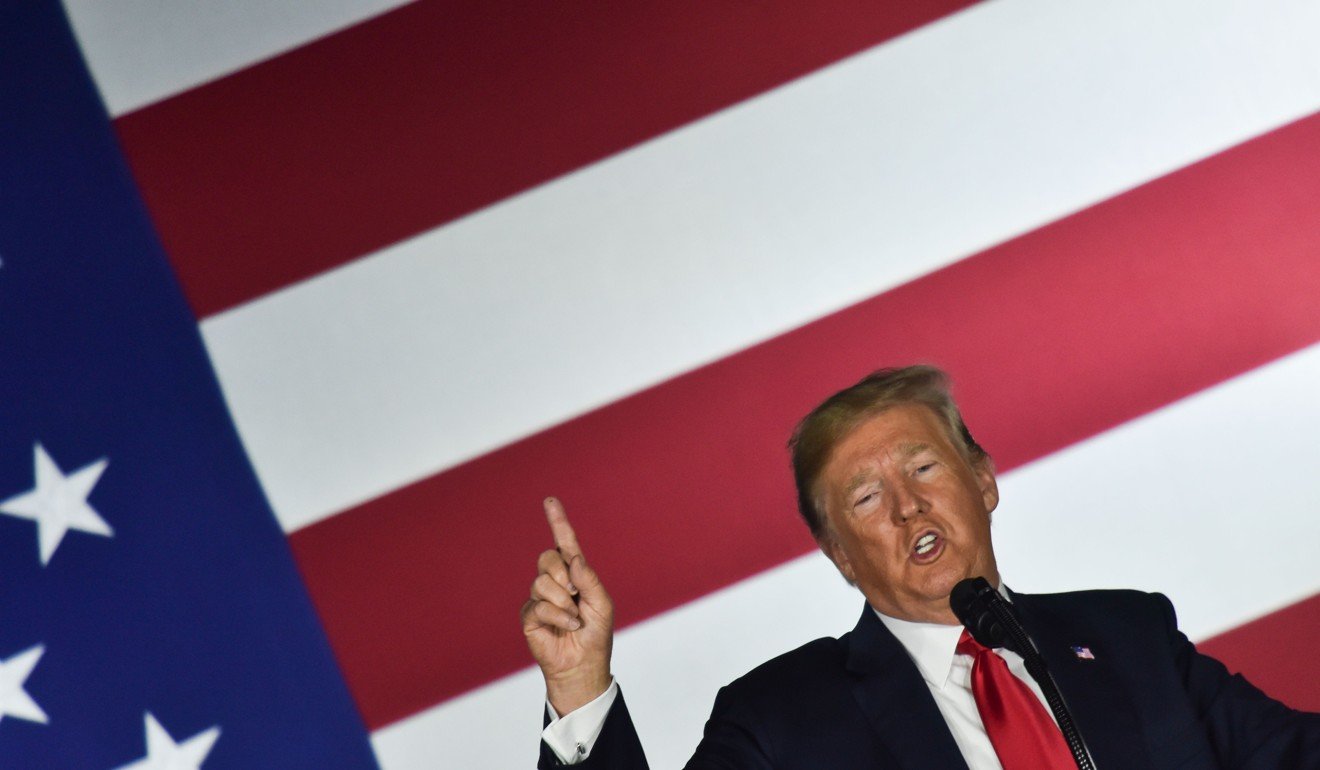
Nor do the budget numbers suggest they can come anywhere close to covering the costs of the federal government.
Trump is correct that tariffs did generate $41.3 billion in tax revenues last budget year, according to the Treasury Department. But to put that in perspective, the federal budget exceeds $4.1 trillion.
The taxes collected on imports were equal to about 1 percent of all federal spending.
Military spending
TRUMP: “I am certain that, at some time in the future, President Xi and I, together with President Putin of Russia, will start talking about a meaningful halt to what has become a major and uncontrollable Arms Race. The US spent 716 Billion Dollars this year. Crazy!” — tweet Monday.
THE FACTS: His criticism of US weapons spending as “crazy” vastly overstates the amount spent on the arms race. It also is a sudden change of tone from his previous boasts about increased military spending.
Trump’s statement appeared to confuse the total defence Department budget with America’s investment in the missile defence systems and strategic nuclear weapons usually associated with the arms race. The Pentagon’s budget for 2019 totals about US$716 billion, but that includes everything from health care and pay for service members to the costs of the wars in Afghanistan, Iraq and Syria.
The arms race is just a fraction of that amount, totalling about US$10 billion this year for a wide range of missile defence and nuclear weapons programmes.
Until recently, Trump has bragged about his increase in military spending, railing about what he claims is previous administrations’ neglect of America’s armed forces.
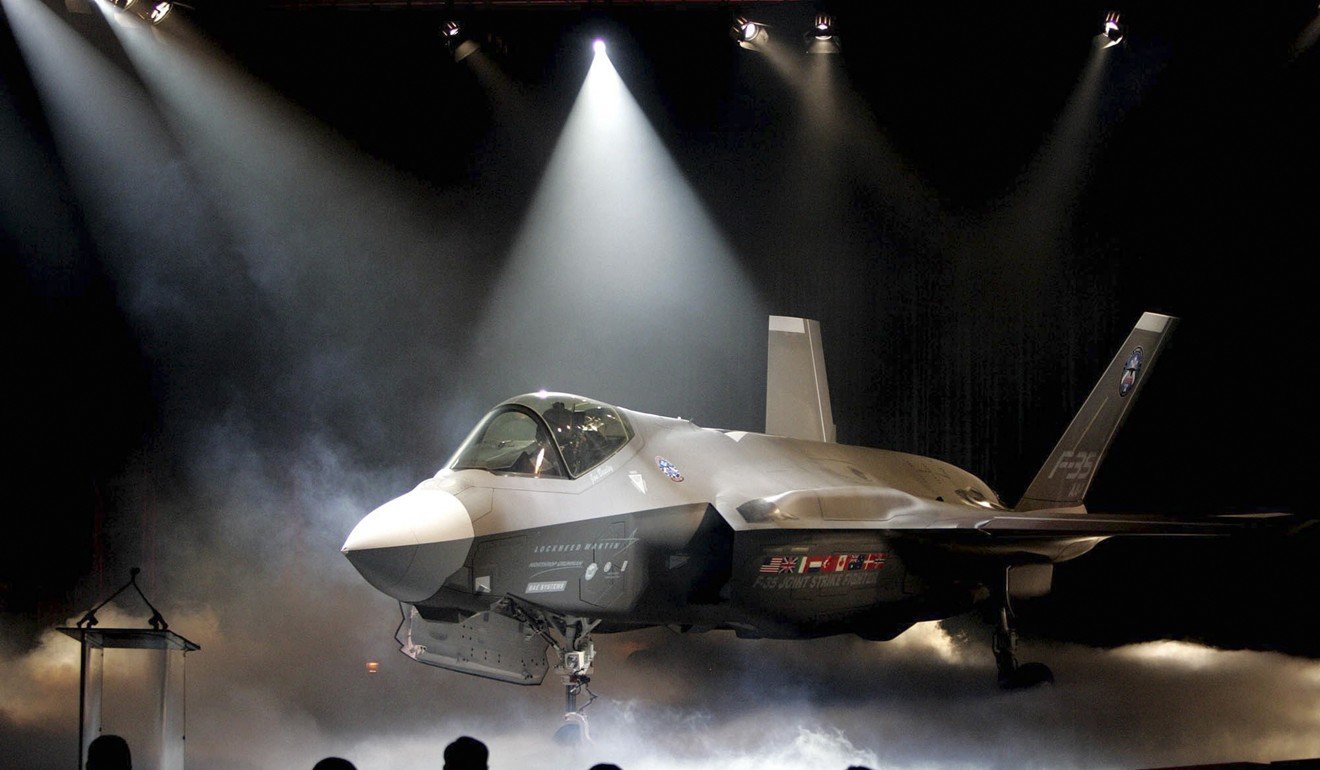
He said his administration is “rebuilding our military.” He has occasionally complained about specific programmes such as Air Force One and the F-35 Joint Strike Fighter, but his criticism was levelled at the defence contractors and focused on demanding savings.
He has been far more supportive of the broader defence increases, and specifically has endorsed hikes for missile defence in line with a US defence strategy that targets China and Russia as key adversaries.
Fentanyl
TRUMP, about his meeting with Xi at the gathering of leading rich and developing nations: “What he will be doing to fentanyl could be a game changer for the United States — and what fentanyl is doing to our country in terms of killing people. Because he’s agreed to put it at the highest level of crime in his country.” — aboard Air Force One on December 1.
TRUMP: “One of the very exciting things to come out of my meeting with President Xi of China is his promise to me to criminalise the sale of deadly Fentanyl coming into the United States. It will now be considered a ‘controlled substance.’” — tweet on Wednesday.
THE FACTS: That’s a misreading of what China agreed to do, at least as far as Chinese authorities are concerned.
Fentanyl has been a controlled substance in China for years, according to Chinese regulators. All told, China has already put 25 variants of fentanyl, plus two precursors — chemicals used to make the drug — on its list of controlled substances, Chinese foreign ministry spokesman Geng Shuang said last week.
Now, “China has decided to list all the fentanyl-like substances as controlled substances and start working to adjust related regulations,” says China’s foreign ministry.
Doing so could help block China’s opioid merchants from skirting the law by inventing new chemical variants of fentanyl faster than regulators can declare them illegal.
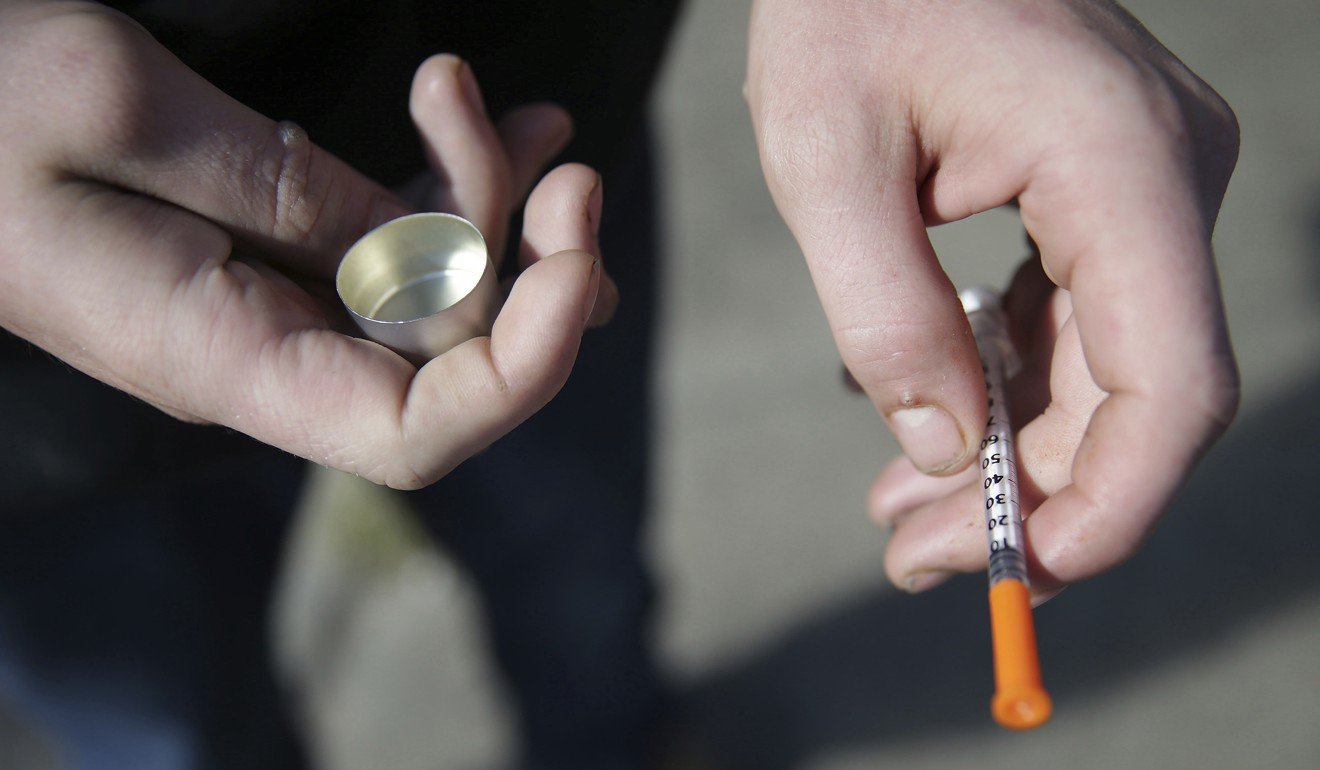
The standard approach of regulating drugs one by one has failed to control the proliferation of new and deadly synthetic opioids in the United States.
In February, the US said that for at least the next two years, all new chemical versions of fentanyl that weren’t already regulated would be classified as illegal controlled substances. US officials had been urging China to do something similar.
But China has not always followed through on its promises. “Similar suggestions have failed to gain approval from Chinese regulators in the past,” the US-China Economic and Security Review Commission said in a report last week that criticised China for “slow and ineffective” regulation of fentanyl.
In 2016, US negotiators thought they had secured an agreement with Beijing that China would target US-bound exports of substances that were illegal in the United States, even if they weren’t illegal in China, but Beijing never implemented the policy, according to the commission, a group formed by the US Congress to monitor economic relations with China.
China’s new approach could indeed be game changing, as Trump said. But so far there’s no timeline for implementation of the policy.

